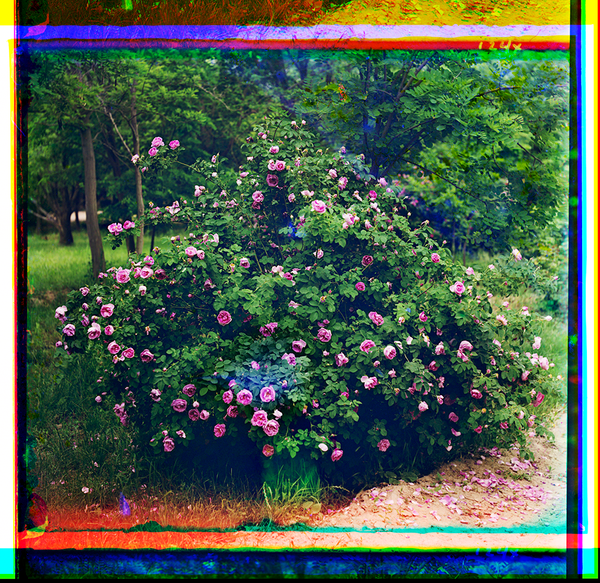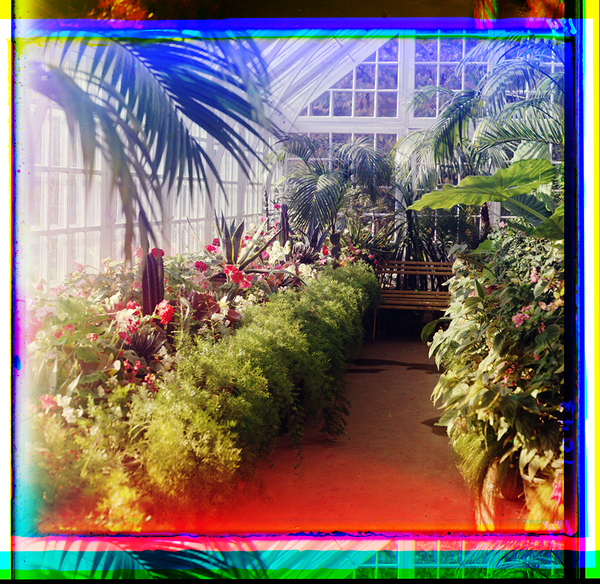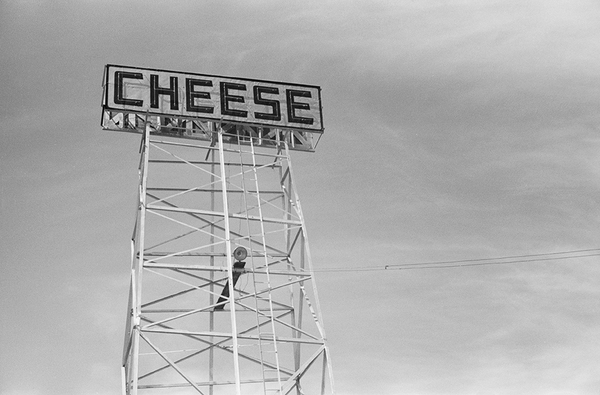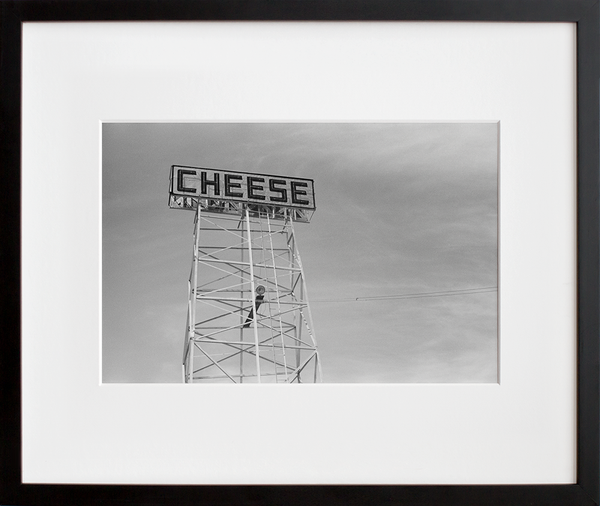Detail of Hatō zu 1 by Uehara Konen
Since New York has truly experienced the most unruly spring weather and geological happenings—weeks of torrential rain, chilling wind, thunderstorms, and an EARTHQUAKE—and Earth Day is around the corner, we thought it would be fitting to celebrate the power and ferocity of Mother Nature. She’s unpredictably unpredictable (especially these days) and demands respect and adaptability, pushing back against humans’ desire to rule her. These images and stories of extreme natural conditions are a striking reminder of this.
"Fascinated by its volcanoes and geysers, I've wanted to go to Iceland since I was a child. I was inspired by Simon Roberts' book Motherland and the film Nói albínói, especially by the country's colors and atmosphere during the winter time. The idea was to travel alone around Iceland by car during the coldest, gloomiest time, when the sun is up for less than five and a half hours during the day. I guess I was the only "tourist" in the country at that time. I wanted to document how the people cope with their everyday lives in these conditions. Instead, I was struck by the beautiful, bleak, raw and simple landscapes that perfectly described my feelings."
The American wild runs the gamut from rugged mountain ranges, to cactus-freckled deserts, to sprawling prairie lands. In this edition, our first from Ansel Adams' Colorado series, two different landscapes meet. The snow-capped Rocky Mountains flank the lush forest of the national park, each scene seemingly in its own season. It's not hard to see why Long's Peak is the most climbed peak in the US over 14,000 feet, it's incredibly picturesque. But in this image Adams captures more than the beauty of scenic contrast, he communicates his own experience of the subject, its serenity and drama, its emotional impact.
"I’m in awe of the ocean. In trying to learn how to surf, I was given a glimpse into just how powerful the ocean really is. Each set of waves felt like a mountain, crashing and dispersing its force on top of you. And before you can even catch your breath, it is replaced with an even bigger set. It was very humbling but also freeing. Being out in the waters, despite the mercurial nature of the ocean, you can’t help but be taken by the sublime of it all."
"Farewell in Labrador is a visual journey along the coast of Labrador, one of the most isolated places on earth. Situated on the east coast of Canada, the Flat Earth Society believes it to be one of the four corners of the world. A dwindling population of 12,000 inhabits 670 miles of coastline that is frozen solid for six months a year. "Life was hard when the waters around here was full of fish, now that all the fish has gone, life is almost impossible." The Cod Moratorium in 1992 pretty much killed the fishing industry, forcing many young people to leave and find jobs elsewhere. A government settlement program brought the Inuit and Innu nomadic cultures to the brink of extinction, and alcoholism is killing what remaining hope there is. The departure of NATO forces spelled the end of the Air Base and the town that built up around it. Instead of being the main subject, the Labrador coast provided a backdrop in which I explored and captured my own feelings for the landscape, its people and the memories they left behind..."
Retired Forest Service employee and current avalanche safety expert Roland Emetaz, also known as Mr. Em, shot this photo of Mazamas club climbers on Oregon's Mt. Hood scaling the mountain's Hogsback ridge, which runs from Crater Rock to the so-called Pearly Gates and the summit. Inspired by the Nahuatl Indian word for "mountain goat," Oregon mountaineers, male and female, founded the adventuring club Mazamas (pronounced "mah-zah-maz") on the mountain's summit in 1894.
"Inspiration always comes to me from the natural world. I made this piece after seeing a lunar eclipse. I remember my son and I driving around after sunset, searching for the perfect spot, scanning the skies for a glimpse of the moon as it slowly disappeared. This was a little over a year into the pandemic and it was the most excitement we’d had in a long time. And then watching the moon transform in the sky took us out of that stressful moment in time and connected us to the larger universe."


























